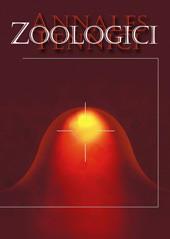Game species exploitation usually causes an increase in their distribution, further from their own dispersal potential, but we know too little about the ecological effects that these human-induced expansions may produce. The realized niche of the red deer was analyzed by means of habitat suitability modelling in the present study. Two populations inhabiting different geographic areas have been distinguished according to their origin, one is native to the study area and the other was translocated as a result of human hunting interests. Translocated red deer showed strong distributional overlap with the native Iberian ibex. However, a comparative analysis of the potential distribution of native red deer and Iberian ibex populations did not yield a significant niche overlap. Thus, we conclude that the observed niche overlap between the Iberian ibex and the red deer in the study area would not have taken place without human intervention. We discuss these results in the light of biological invasions and native species translocation programmes, and conclude that human-induced range expansion of native species should be regarded as a specific case of invasive species.
BioOne.org will be down briefly for maintenance on 17 December 2024 between 18:00-22:00 Pacific Time US. We apologize for any inconvenience.
How to translate text using browser tools
1 February 2009
Human-Induced Range Expansion of Wild Ungulates Causes Niche Overlap between Previously Allopatric Species: Red Deer and Iberian Ibex in Mountainous Regions of Southern Spain
Pelayo Acevedo,
Jorge Cassinello
ACCESS THE FULL ARTICLE

Annales Zoologici Fennici
Vol. 46 • No. 1
February 2009
Vol. 46 • No. 1
February 2009




